As a little girl living in the Polish countryside, I was a very good sales person in the school’s candy shop. Of course part of the profit disappeared in my mouth, but that is a pleasant detail … And now I am in a completely other line of business, mesh products, a great learning experience. However, occasionally I feel like the little candy seller again, as one my most favourite things to do is to go to the factory. To me it feels like the excitement of a school trip, or even more, I feel like a character in Charlie and the Chocolate Factory, the wonderful book by Roald Dahl. There is so much to see, and every time I discover something new. So today, I want to take you along on a trip to my favourite magic place, the one where our mesh panels are created.
The first ritual is to put on all the safety protection at the entrance to the production area. The sound of busy machines welcomes me already. Every time I see new things emerging, in this ever-advancing production site. Whenever I arrive at the production site for mesh panels, Eric welcomes me with a big smile. To be honest, he is the only human being around as the production is fully automated. Of course, the real process of production started a long time ago, when my customer made a drawing, placed the order and everything was sent down here without any human intervention (and – maybe unfortunately – there are no Oompa-Loompas present in the factory either).
The production is like a ballet of big machines, where everything has its function, position and timing. The panel consists of side and tube profiles, as well as longitudinal and transversal threads. It all starts with a simple coil of wire. Length and cross threads are straightened and cut to the intended length. They are then welded to a mesh of the desired format.
The side profile is manufactured from a sheet metal by being successively shaped into its geometry by a row of rollers. After moulding, the holes used to attach the panel to the post are cut. Finally, the profile is cut to the desired length. The side profile and the welded mesh meet in the machine and are welded together. The tube profile is shaped in the same way, it also starts with plate on a roll. It meets the net and side profile in the last welding process in the machine. It is a perfect cooperation of machines and robots. I have to say it is rather disappointing a robot does not look like R2-D2 or C-3PO at all.
The various components of the panel have now become just one panel, which travels further in the machine, now to a brush grading station where sharp edges are removed. Finally, the panel arrives at a station where it is calibrated. Now the panel is finished and is marked for identification This comes handy: whenever a problem occurs, it will be easily identified. After that the robot, let’s call her G3-D3, places the panels in an intelligent way on the pallets in order to save space.
So today we no longer offer standard products, we offer solutions. We realize our customers’ projects. The panel’s various parameters are determined by the customer: height, width, mesh size, thread diameter, hole specifications and colour. This means that we can manufacture a virtually unlimited number of panel variations. The production is dynamic; there is no set up time. However, in this amazing ability lies also the challenge. Where before we had standard programs for standard products, we now have to develop dynamic programs with the ability of self-learning.
When watching the production, I saw bright pink mesh panels passing by on the conveyor. Soon they will be picked up by the transport company, heading for Italy. Is it not amazing? Me, the Polish candy seller, watching things being produced in Värnamo, Sweden, of all places. Things which are then sent out to the rest of the world. It makes me feel a world citizen.
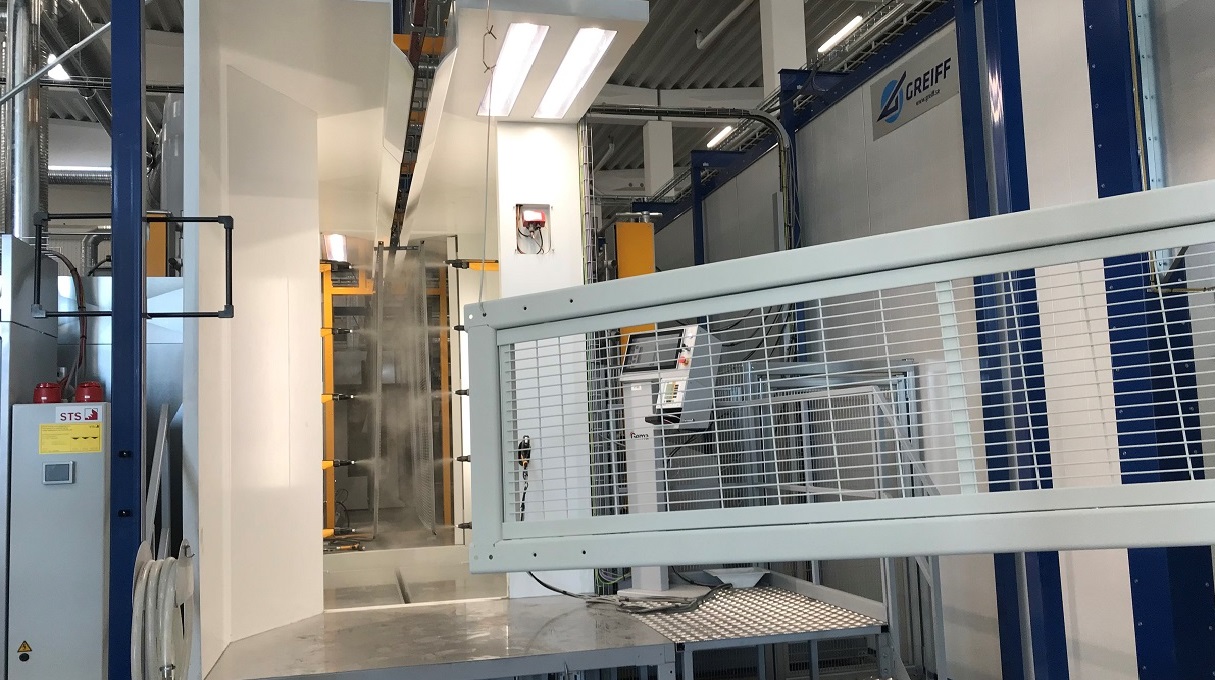
We have recently installed a completely new powder coating line in our factory, in which objects of up to 2000 x 3000 x 700 mm can be powder coated in any RAL colour. The staff in charge have 50 years of experience in powder coating. This new investment means that we now can offer you an even better and faster service than before – a way of simplifying everyday life.
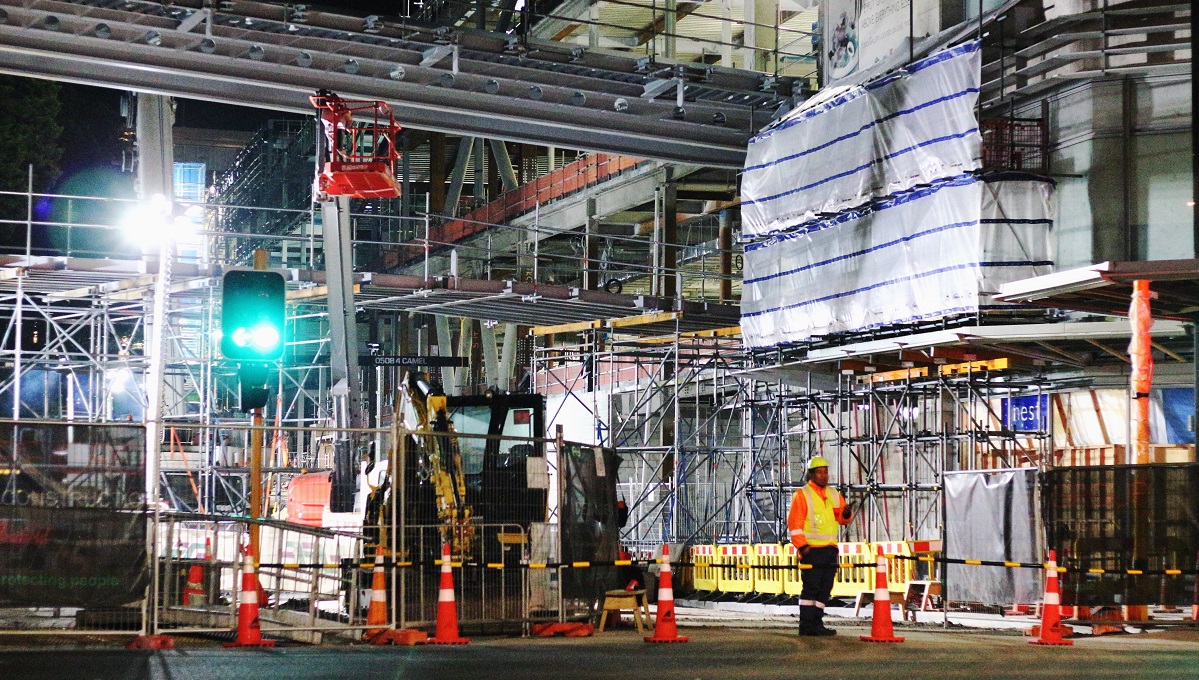
How many risks are there in the workplace and does a totally safe workplace actually exist? Is it enough to have warning tape on forklifts, should there be specific lines on the floor indicating where forklifts may drive, or should ceiling lights be illuminated to ensure safety?
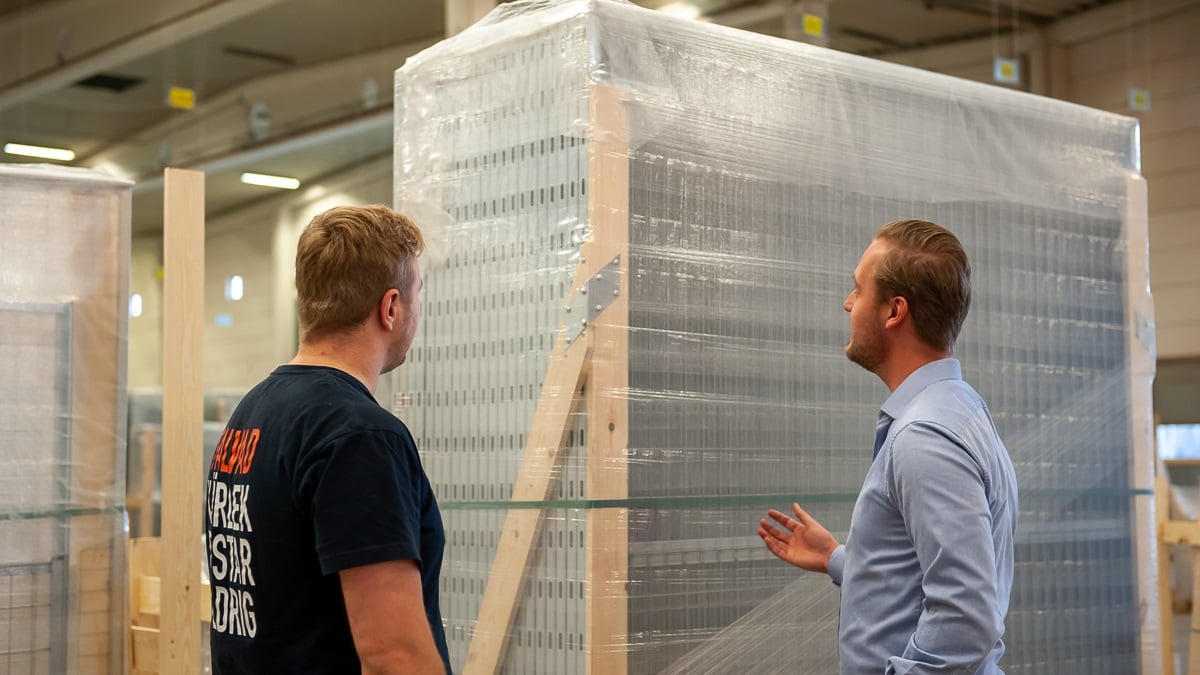
In today’s world, it is important to keep on your toes and be well-prepared for whatever the day has in store. This is so much easier to achieve when you have employees around you with different experience and knowledge. Perhaps you have read the previous blog posts “Different Nationalities, Shared Strength” and “Shared Breakfast, Nourishment for the Soul”, written by a couple of my colleagues. They give the impression that we are like a bag of mixed sweets – a great many people from different countries and different departments. And that really is true. Garantell has all functions and departments under one roof, from Production to Sales, from Development to Painting.

Everything started when I left my beloved Iraq in 2015 and came to Sweden. I had to leave a life, a family, a career and a future. Everything. To start anew. In the middle of summer 2018, I entered Swedish working life. It was Garantell who opened the doors for me. I can clearly recall the day I biked through the fragrant and dense forest to get to Speditörvägen 8. Things I knew for certain: That day was the beginning of a new chapter in my life in Sweden. I was more than ready, full of gratitude and brimming with curiosity. I had great expectations and felt a strong drive.

Time is one of the few things in life that is truly equal – no one can complain or insist that the quota is unfair. Although, the 24 hours a day we all have at our disposal can be utilised or wasted in various ways. However, only the things we manage to accomplish endure over time.
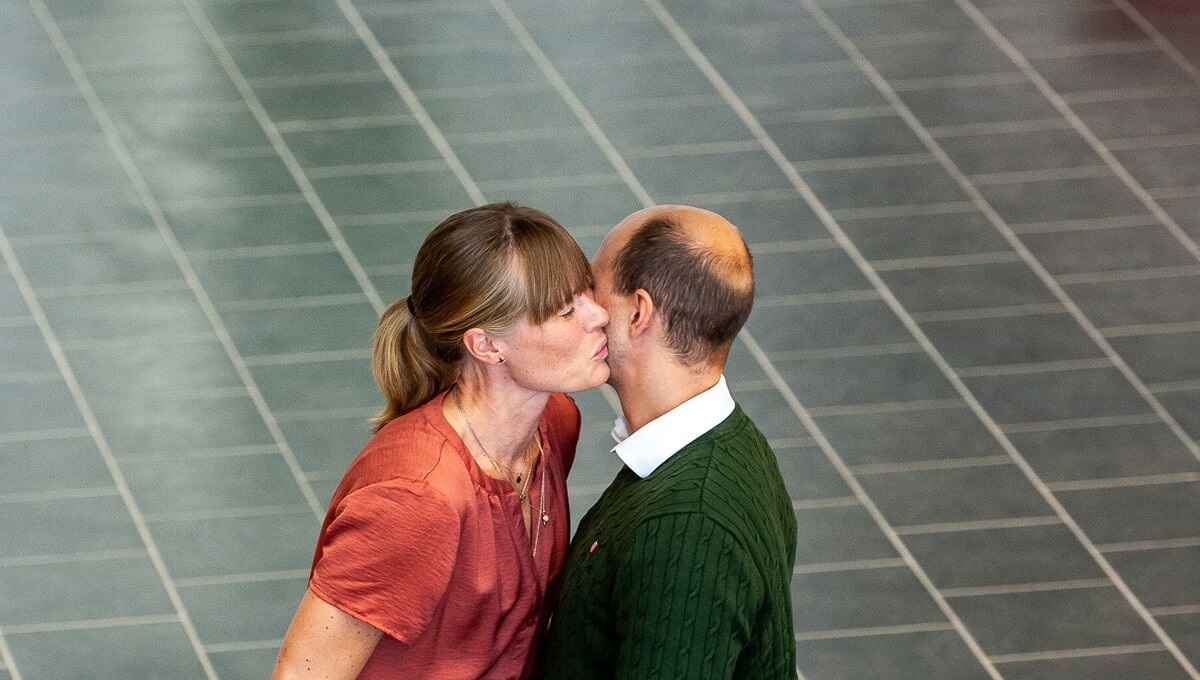
The winter is now approaching and in Småland we can look back on magical August evenings when the sun went down at half past nine. Sitting by a reflective dark lake watching the sunset behind the treetops is really something magical. For those who believe in lake monsters, it goes without saying that August evenings, with their shadows and fantastic sunsets, are the height of lake monster season.
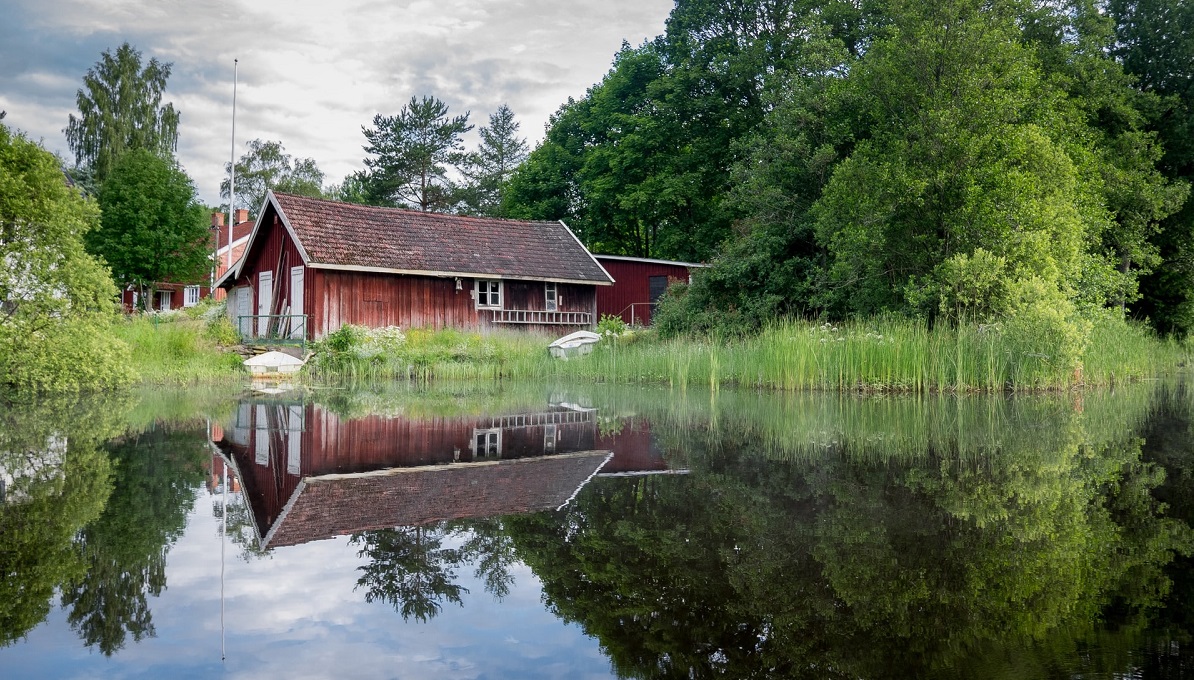
When I cycle to Garantell in the mornings, I pedal through a typical Småland landscape (if you’re curious about Småland, open a book by Astrid Lindgren: our national hero and Pippi Longstocking’s mom). Astrid Lindgren’s descriptions of the Småland landscape are still accurate today: forests, gravel roads, cows feeding in pastures, red cottages with white trim, all accompanied by birdsong. Foxes and deer are frequently spotted, and if you hear a loud crack and crash in the forest, it’s guaranteed to be a moose or wild boar. I also cycle alongside Lake Vidöstern and, if I’m lucky, I see a naked Smålander enjoying a morning dip. For us Swedes, a morning dip is quite natural, but my colleagues have said to me that it’s a quintessentially Swedish thing to do. So what is a morning dip? Basically, you get out of bed and go down to the lake (wearing a bathrobe if you have neighbours, naked if you don’t). In Småland, the lakes are placid and dark, and an early morning swim in the light of dawn is something absolutely amazing that I hope you all get the chance to experience at some point.
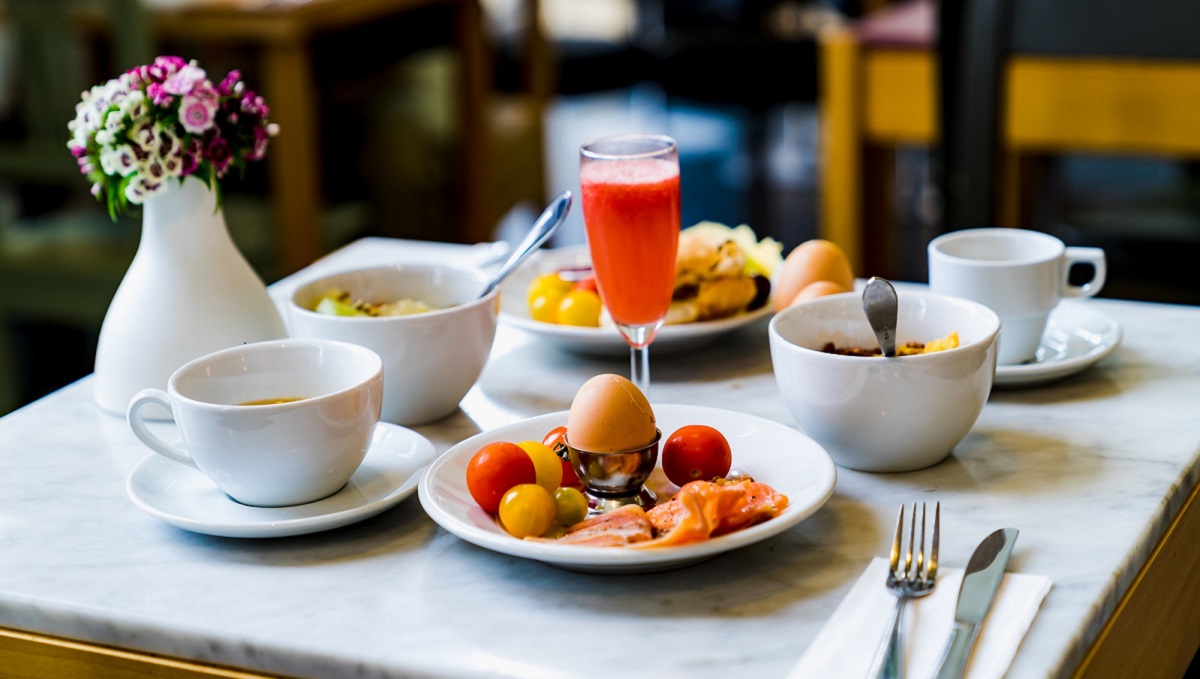
When I started working at Garantell as a Belgian city girl, I was introduced to a lot of new habits and routines on the work floor. Swedish style. Yes, some are more peculiar than others. One of these habits is eating breakfast together with all the Garantell employees. Every day, at 9 o’clock on the dot, a bunch of sandwiches, eggs and yoghurt is waiting for us, joined by the fresh smell of a cup of coffee. The latter seems a detail, but it is serious business this coffee: Swedes are famous for their coffee drinking. As a food lover, I surely appreciate the fact of getting a paid breakfast, but the most important fact about this company breakfast is not the food, but the talk.